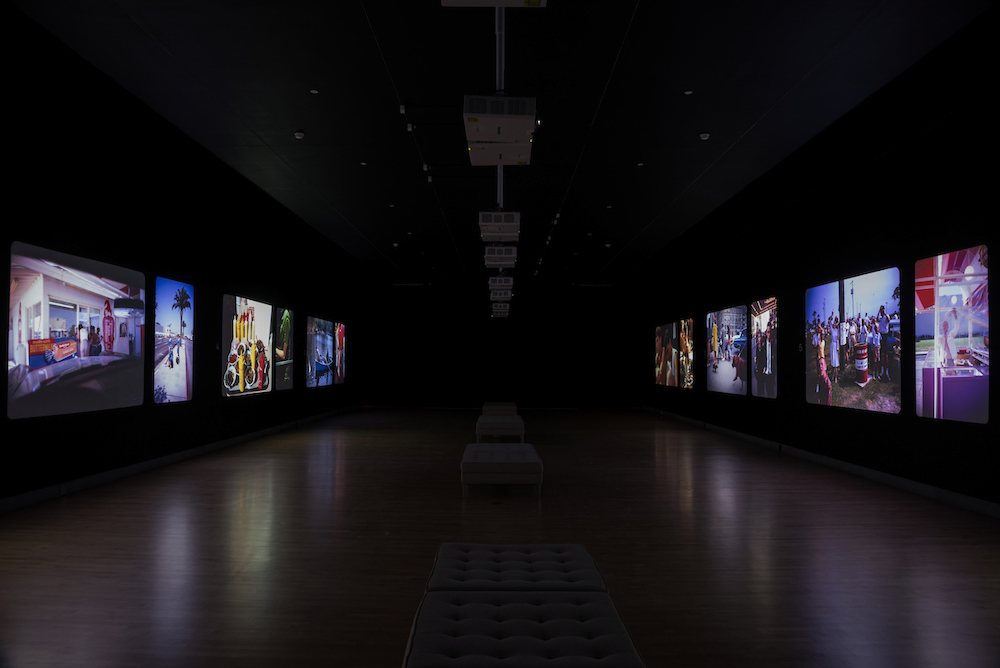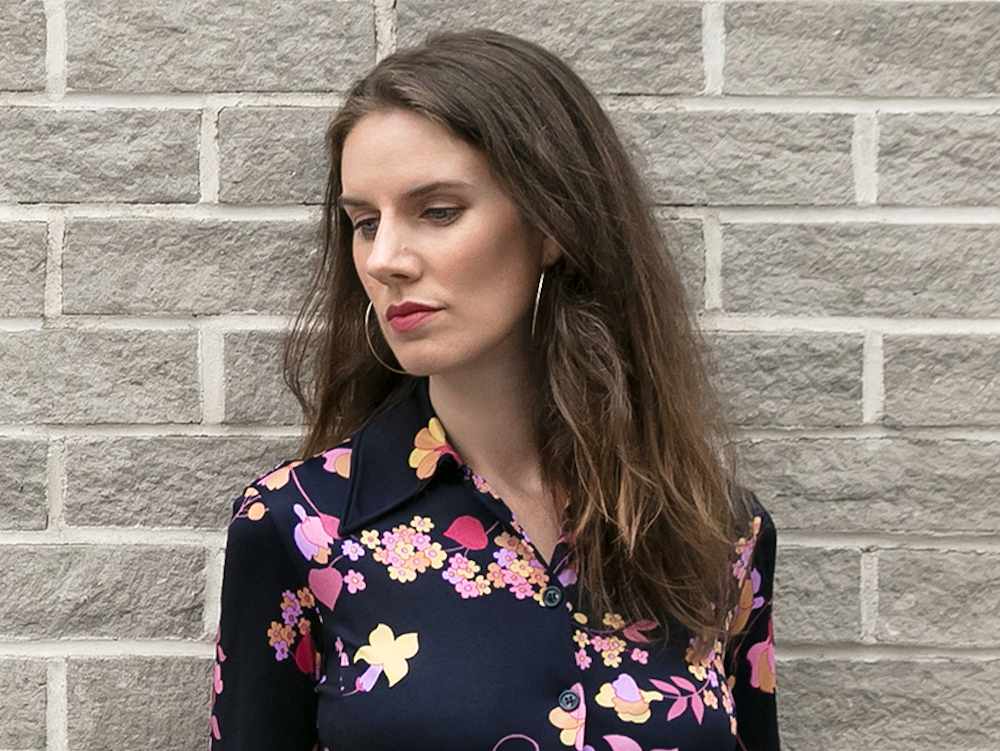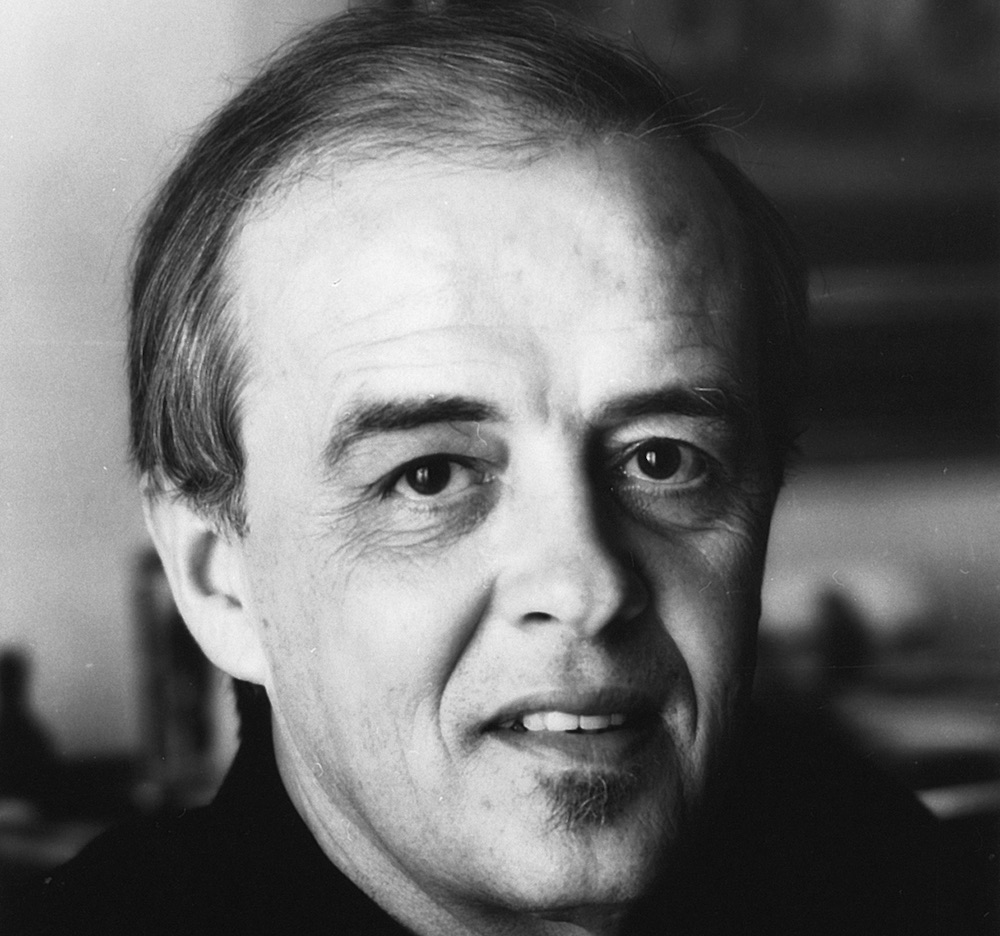Earlier this week I had the rare and enviable—if slightly inconvenient—experience of missing a subway stop because I was so engrossed in what I was reading. The culprit: the first essay in Leslie Jamison’s collection Make It Scream, Make It Burn, forthcoming from Little, Brown in September. In the essay, “52 Blue,” Jamison explores the science and mythology surrounding a whale whose uncommon song, inaudible to other members of the species, earned him the title “The Loneliest Whale in The World.” Part reportage, part philosophical musing, Jamison’s meandering prose seeks to understand what the whale represents—morally, symbolically, ecologically—to the community of scientists, artists, and internet followers who identify with it. What emerges is a searching and insightful meditation on obsession, longing, and the telling ways we seek to draw meaning from the natural world. The other thirteen essays in the collection (which can easily be torn through, though should really be savored) contain observations on an eclectic array of subjects, from the eerie past-life memories of young children, to the online community Second Life, to the harrowing legacy of the Sri Lankan civil war. Like the glass in a kaleidoscope, Jamison’s fine-tuned attention seems capable of refracting whatever subject it touches. When I finally looked up from the page—a full two stops past my apartment—it was with a renewed sense of wonder. —Cornelia Channing
Reply All, a self-described “podcast about the internet,” isn’t new—in fact, I’ve been a fan since its first episode in 2014, and somehow it’s only gotten better—but I’ve found myself relistening to old episodes this summer. Created by Gimlet Media, a company with its own interesting evolution, Reply All is hosted by PJ Vogt and Alex Goldman, whose friendship, authenticity, and curiosity make the show what it is: an original exploration of how to survive modern life. It’s not just an internet explainer or commentary on internet culture—though they do have a segment called “Yes Yes No,” which helps break down complex viral tweets and which I find both incredibly endearing in its nerdiness and very helpful. But I like the reported stories best, stories that use the internet as a lens to examine something larger. One of my favorites is “Long Distance,” in which Alex befriends a scam caller and then goes to visit him in Delhi. I also recommend “Boy in Photo,” in which PJ solves the mystery of an unnamed man in a photograph that went viral, and “The Snapchat Thief”—in which the hosts talk to kids who hack accounts regularly, and get deep into the world of OG handles and SIM swapping. Today’s podcast landscape is crowded and overwhelming, but PJ and Alex feel like old friends, and their stories are by far the best around. —Camille Jacobson
The poet and critic Dan Chiasson refers to James Tate’s final poems—collected in The Government Lake—as “New England parables,” and how exactly right that is. In “Double-Trouble,” a man falls in love with a diner waitress after discovering they went to the same high school and grew up in neighboring towns—only to discover that their parents are engaged. “It would be too much like incest,” she tells her beloved, ending their relationship. “Partners” shows two middle-management types falling in love while fighting across their cubicles, and in “Elvis Has Left the House,” a man takes in the beloved pet raccoon of a terminally ill boy who lives down the street. Some of these stories are more magical than others, but all are fables without morals, slightly wonky reflections of mundane rural life, not quite surreal but certainly absurd. Always there is a tone of something subversive, vaguely perverted. This heady, zany cocktail is the recipe for an adult storybook of tiny worlds, each prose poem constructed with relative uniformity—never less than a page, never more than a page and a half. —Lauren Kane
Perhaps unsurprisingly, I spend a lot of time on the Paris Review website, reading through our archives and the Daily. Because of this, I feel like I’m constantly coming across authors I haven’t read yet—and thus constantly noting down titles on an endless to-read list. I finally knocked a couple out last weekend—the British Nigerian novelist Buchi Emecheta’s In the Ditch and the Serbian poet Radmila Lazic’s collection A Wake for the Living, translated by Charles Simic. Both writers take women’s lived experiences as their subject matter—for Emecheta, it’s the everyday life of a Nigerian single mother in a London council estate; for Lazic, it’s erotic relationships between men and women, and the question of statehood. And both are filled with lucid observations concerning how the world treats women, from the domestic violence exacerbated by poverty that Emecheta’s heroine, Adah, witnesses to Lazic’s prickly depictions of sex. So that’s two books off of the to-read list—and many, many more to go —Rhian Sasseen
I saw “Garry Winogrand: Color” in the middle of May, on one of the first sunny days of spring. Now, in the thick of July, I keep thinking back to it. I was drawn to the show by Peter Schjeldahl’s review in The New Yorker, which contains a skeptical line I found particularly intriguing: “The projections … go by at clips—eight seconds apiece for horizontal pictures and thirteen seconds for interspersed verticals—that pander to present-day attention deficits.” Would I—someone whose brain is rapidly decaying from Instagram exposure—feel at ease with this rapid pace? Or would I, too, be able to scoff at those who felt eight to thirteen seconds sufficient? What I found in that dark hall, illuminated by images flashing in sixteen thematic sequences, was a release from the bottomless burden of scrolling. I couldn’t dictate the terms on which I viewed these seemingly endless slides—of children, city streets, Coney Island, couples in love, all radiating heat. The power of scrolling taken from me, I waited for the carousel to come back around. I waited for the slides I instantly loved and the ones I hadn’t quite caught. Here were many beautiful images, in greater quality and multitude than Instagram could hope to provide. And I finally felt I didn’t need more images; I needed more time. —Noor Qasim

Installation view, “Garry Winogrand: Color,” May 3, 2019–December 8, 2019. Brooklyn Museum. Photo: Jonathan Dorado.
from The Paris Review https://ift.tt/2jE8SPK


Comments
Post a Comment